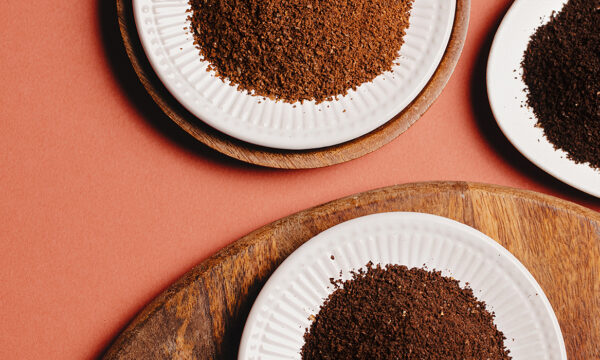
- Home
- Everything you Need to Know About Brazilian Coffee
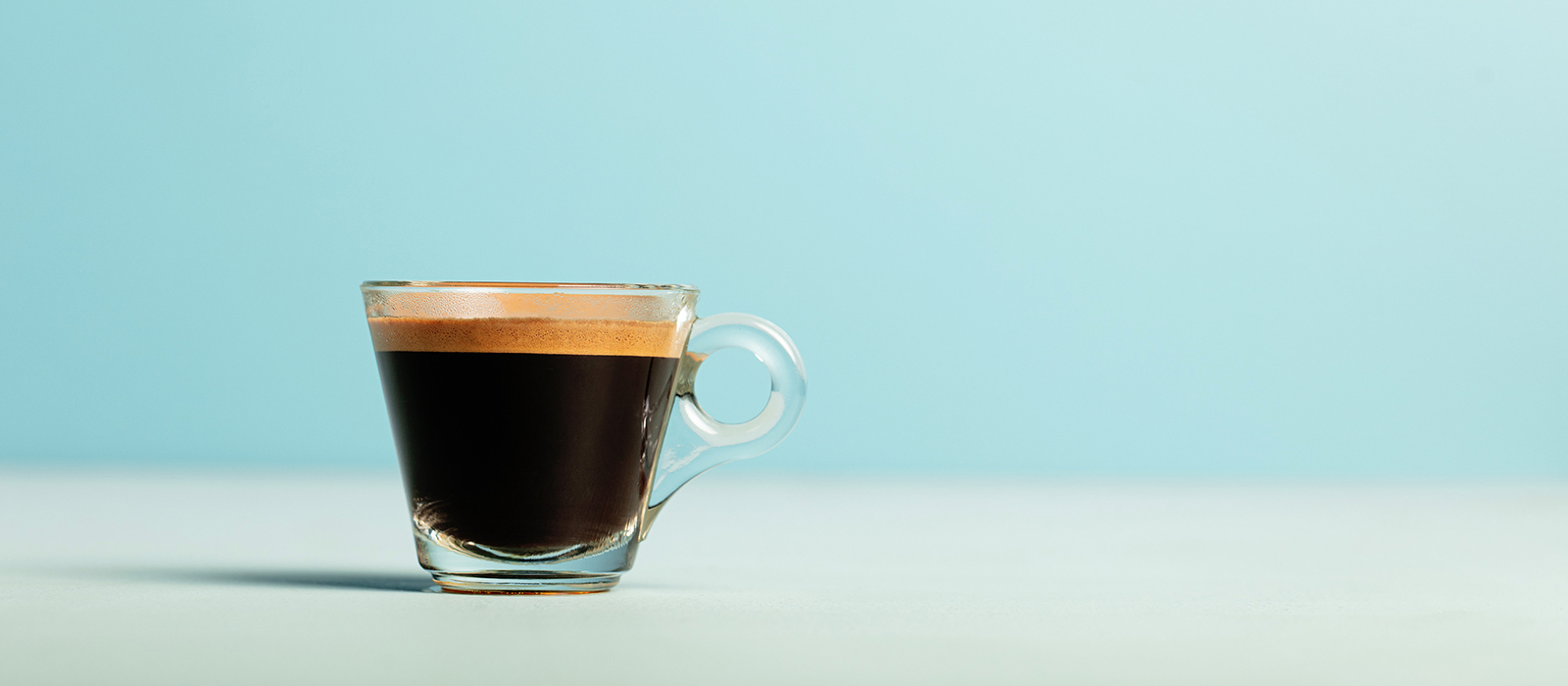
Everything you Need to Know About Brazilian Coffee
Written by Chloé
Reading time 4 minBrazil is one of the biggest coffee producing country. It is known as the top Arabica coffee beans production and a main actor in the coffee industry. Brazilian climate and geographical condition are indeed particularly favourable for coffee culture. Learn all you need to know about Brazilian Coffee.
Where is Brazilian coffee grown on the territory?
Brazilian climate can vary depending on a number of factors, including the production zone, altitude or even the season. In low-lying regions, such as Bahia, temperatures can be very high, whereas in high-lying regions, such as Minas Gerais, temperatures are generally cooler.
However, on the whole, Brazil’s coffee-growing area offers good climatic conditions for growing coffee, making Brazil one of the world’s leading coffee-producing countries.
Where are the coffee culture areas in Brazil?
Minas Gerais
Minas Gerais is a state located in the South-East of Brazil. It is the biggest state producing in the country. It includes four producing areas: Sul de Minas, Cerrado, Minas Chapada and Minas Gerais Mountains. Minas Gerais is mainly known for producing high quality coffee, due to the high altitudes and the favourable climates.
Bahia
Bahia is a Northen-East Brazilian state. It is traditionally known for the cocoa production, but has become an emergent state in coffee production in recent decades.
Espirito Santo
Espirito Santo is a state in South-East of Brazil. Espirito Santo’s state has become a specialist in Robusta plantation, with the aim to realize blends.
São Paulo
São Paulo is located in South-East of Brazil. In this state, in the Paraíba, has been founded the first fazenda (farm) in 1817. São Paulo include the two main producing areas: Mogiana and Center West.
Paraná
Paraná is a state located in the South of Brazil. Paraná’s state mainly produce conilon, a variety from the coffea canophera species, which also produces robusta.
What are the culture methods practiced in Brazil?
As the main producing and exporting country, Brazil stands out with its technological advance in coffee farenza (farm). These plantations benefit from the most advanced technologies in the world, allowing more quick and efficient treatment process on large volume. It is the reason why Brazil has the biggest efficiency in the world. Moreover, coffee plantation, due to their shape, allows machines to pass and realize a mechanised harvesting method.
Generally, Brazilian coffee farms are mainly made up with vast plains of coffee trees, where monoculture is the standard.
However, Brazil also begins to produce specialty coffee and therefore to review its growing methods: shading, polyculture…
What are the treatment methods in Brazil?
The washing method
The washing method begins with sorting. Coffee cherries, one washed, are passed through a pulping machine to remove the flesh from the fruit. It is then placed 24h to 48h in fermenting tanks. Finally, an ultimate wash is made before putting beans to dry on African beds or on the ground.
The natural method
The natural method consists in dissect, then sort out the coffee cherries in the water. They are then stored in their parchment, which is the shell that surrounds the green coffee bean, before being removed for shipping.
MaxiCoffee insider info about the coffee world
Even if they are the main treatment methods used in Brazil, some other methods are also performed.
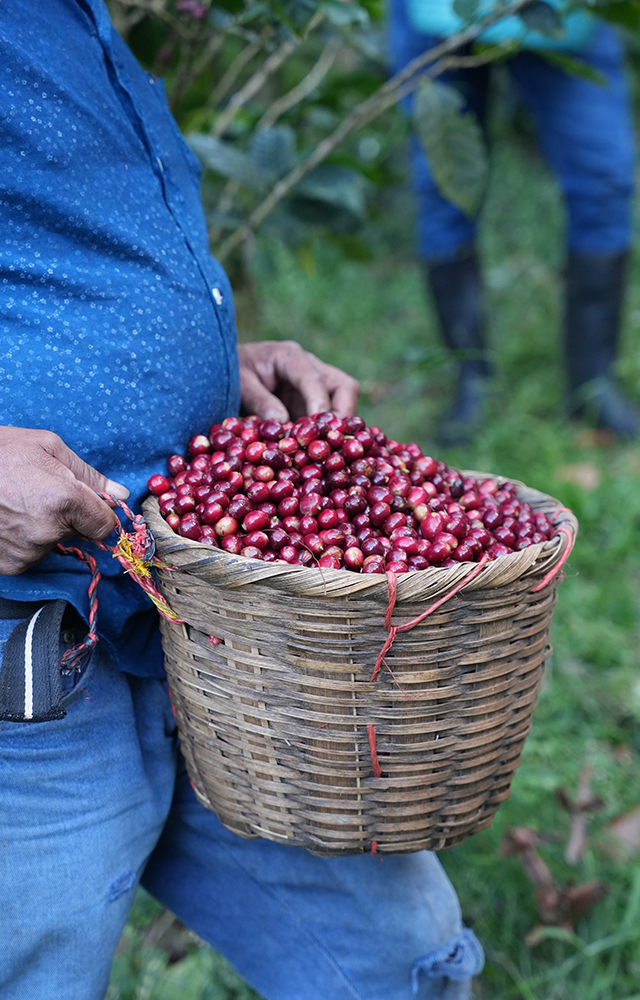
What are the coffee varieties of Brazil?
Because of its diversity in terms of relief and altitude (300m to 1300m), Brazil is capable of producing both Arabica Coffee and Coffea Canephora (which is better known as Robusta, because it’s the most known variety).
Arabica beans are mainly cultivated is the South-East of the country, and it represent 75% of the production, while canephora is mostly cultivated is North-West, up to 25% of the production.
Principal Arabica varieties cultivated are:
- typica
- bourbon
- caturra
- maragogype
Principal Canephora varieties cultivated are:
- robusta
- conilon
What does Brazilian coffee taste like and what are the best Brazilian coffees?
We cannot reduce a country to a taste. Each terroir is different and has its own particularities. Moreover, other factors than the terroir are going to influence the result in the cup.
However, in terms of taste and aromatic, Brazilian coffees have a wide range of aromatic profiles, influenced, as mentioned above, by various factors such as terroir, coffee variety, climate and processing methods. Nevertheless, you’ll find some typical aromas, such as hazelnut, chocolate, or rather gourmet notes. There are also fruitier profiles.
Brazilian coffee is renowned for its balanced, smooth flavour in the cup, making it accessible in terms of taste. Now that you know everything you need to know about Brazilian coffee, it’s up to you to try different regions to understand the richness of the flavours of these terroirs!
Discover all of our articles
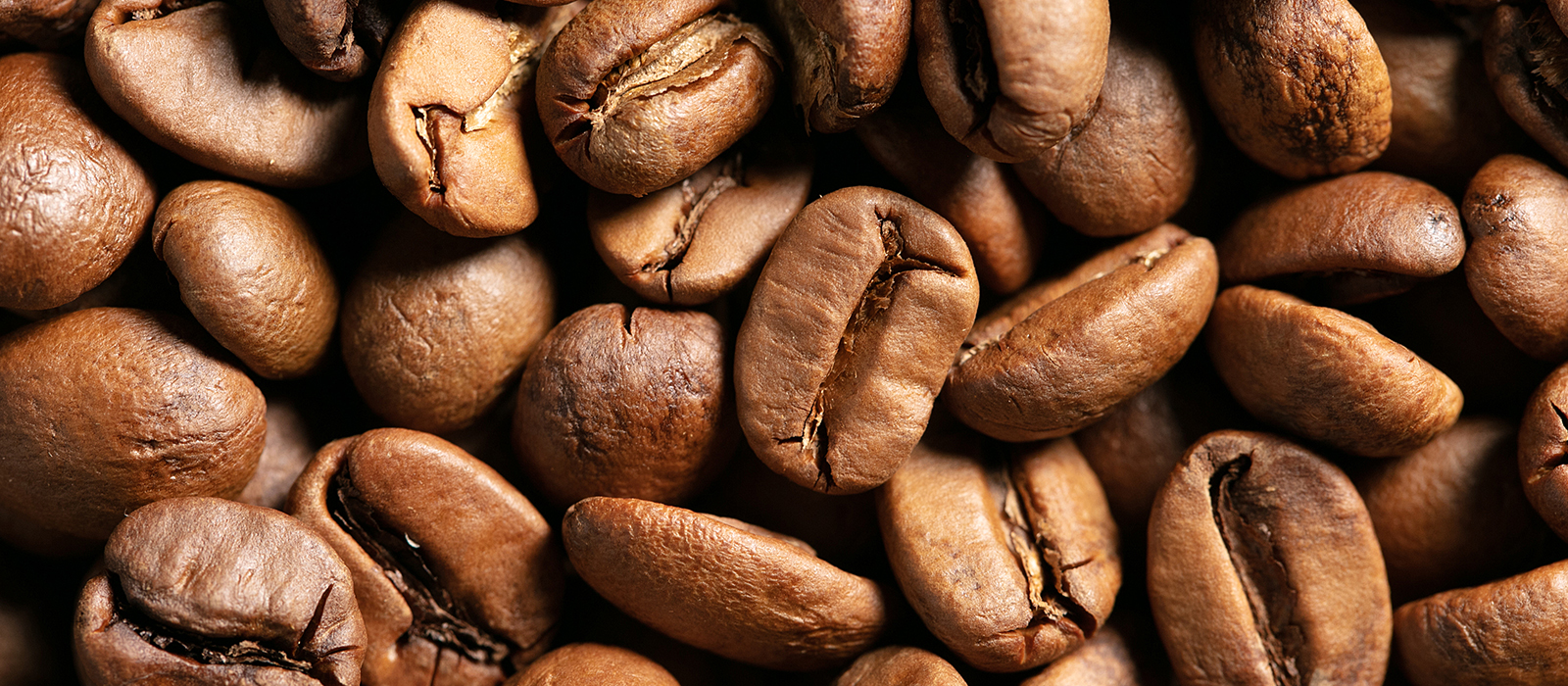
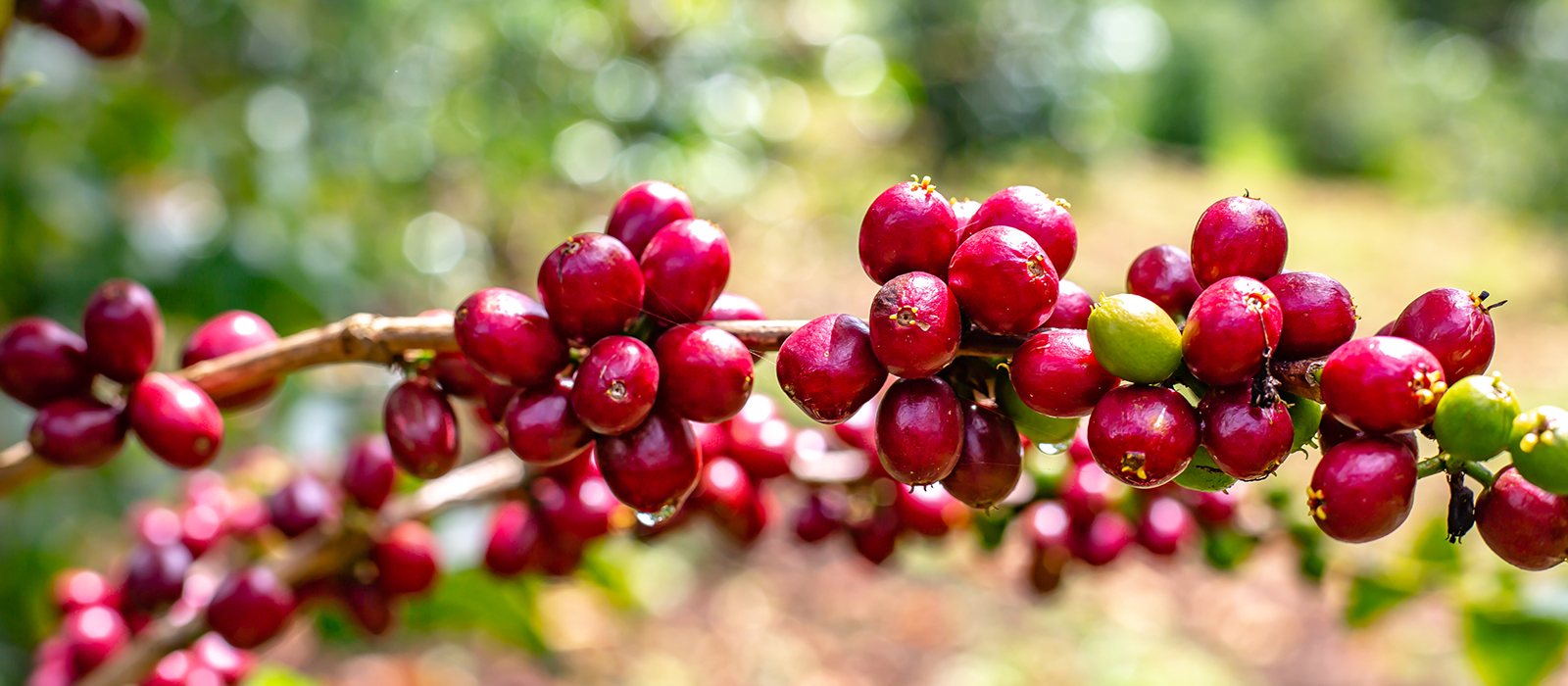

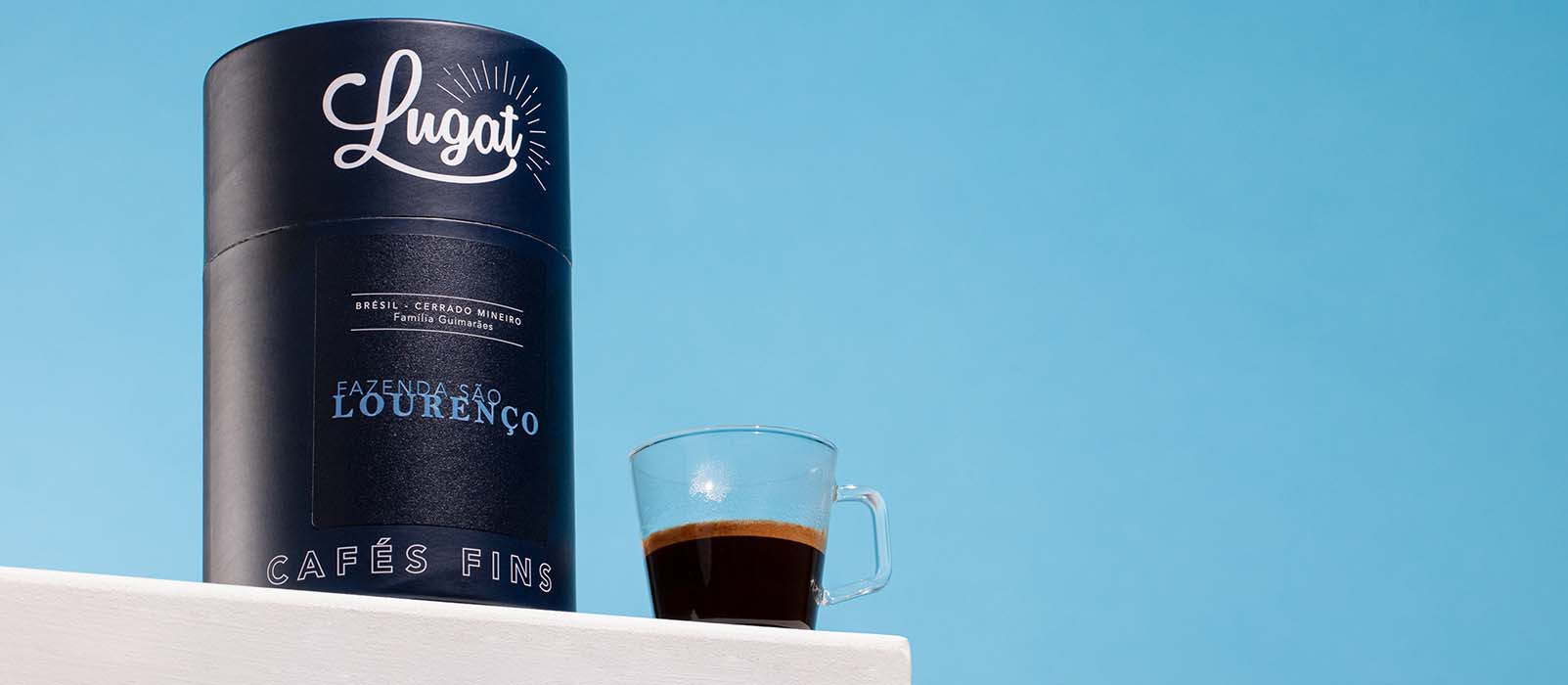
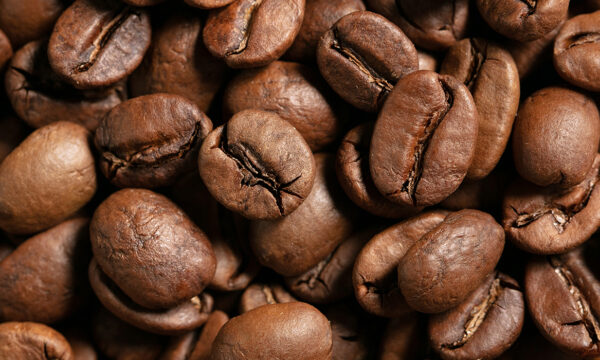

Your article was very informative and interesting. I shall buy some arabica, beans chocolate aroma, via some friends who live in Sao Paulo and come to the UK twice per year. I use a cafeteria to make my coffee.
What procedure eg no. of grams, water temperature etc would recommend please?
Hello, Thank you for your message. Following your request, in order to achieve the best coffee results, we recommend preparing your coffee as recommended in your coffee maker’s instructions. Indeed, this depends on the type of coffee maker you use (Italian coffee maker, automatic bean-to-cup machine, filter coffee maker, manual espresso machine).